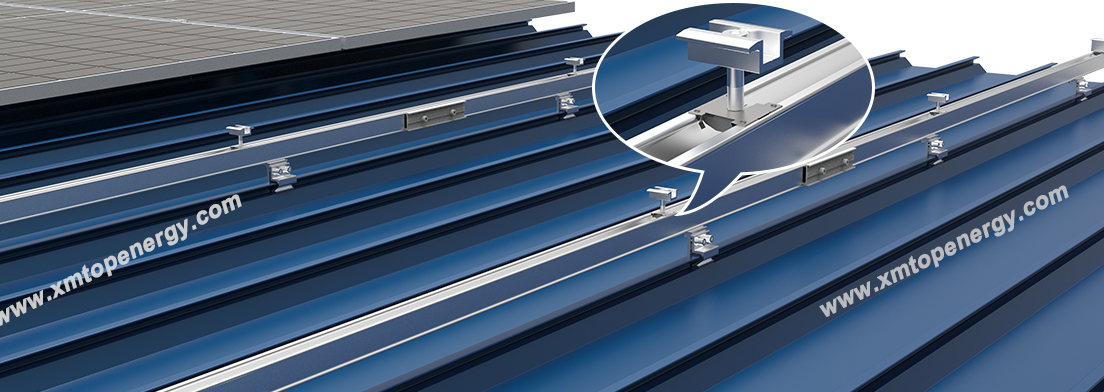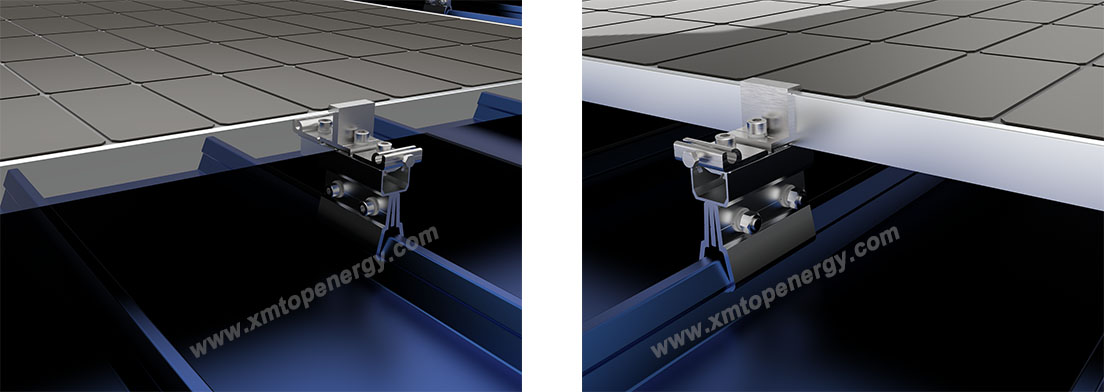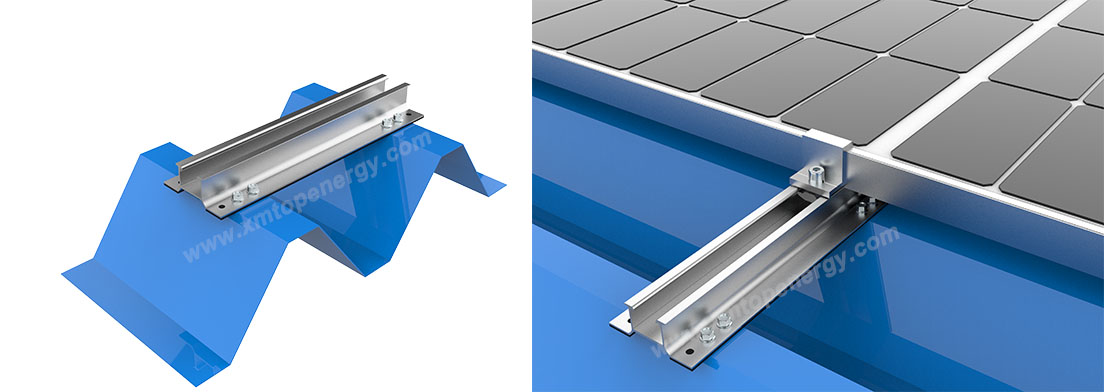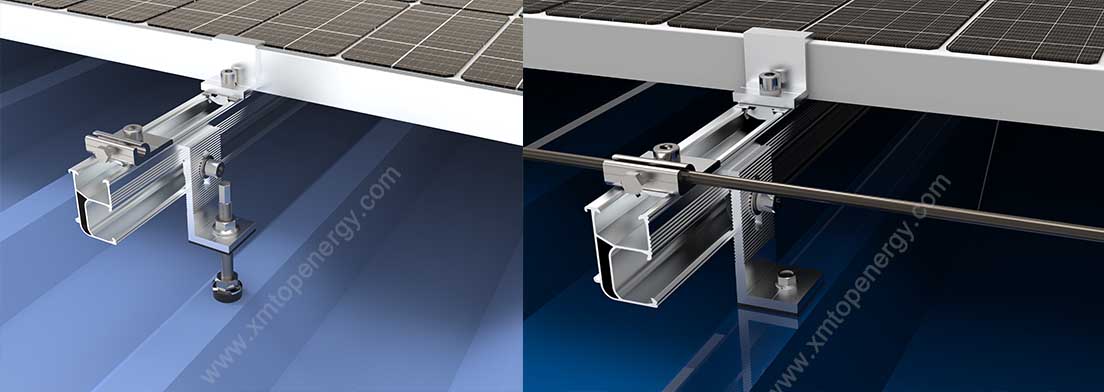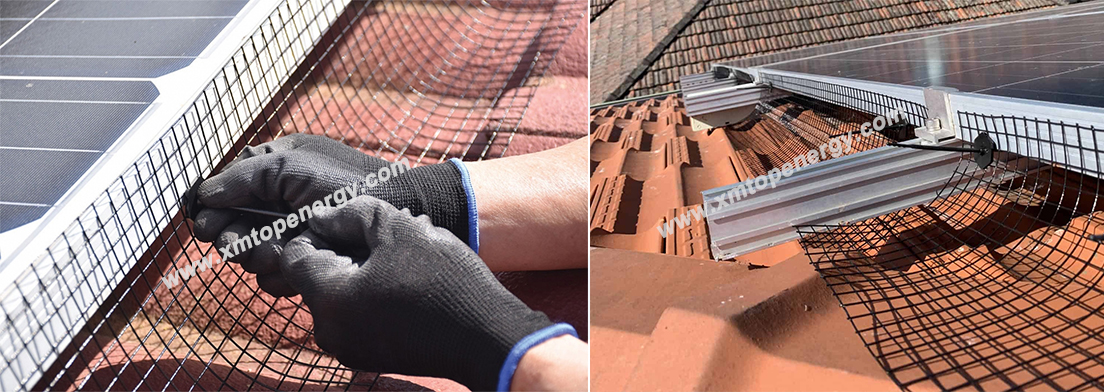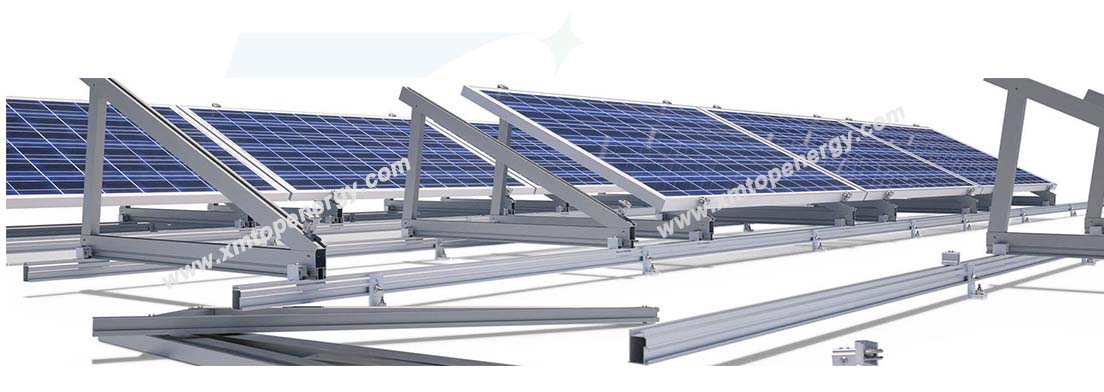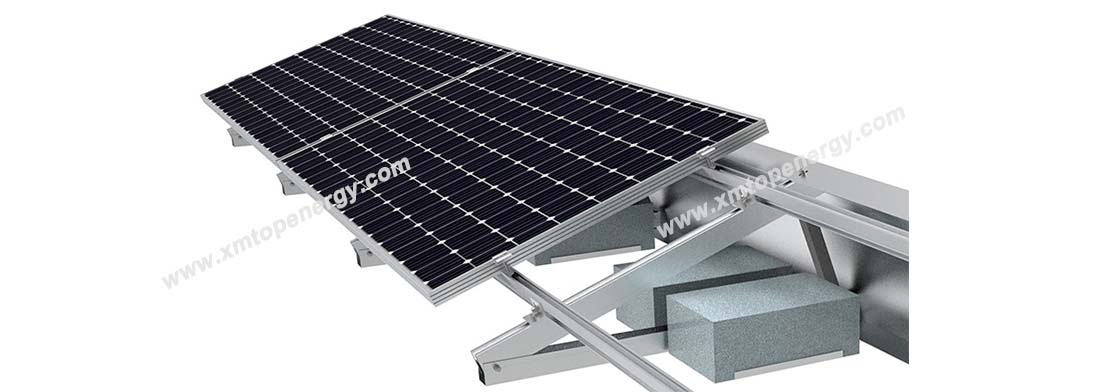When it comes to installing a solar panel system, choosing the right solar mounting hardware is just as critical as selecting the panels themselves. A frequent question among installers and end-users alike is: Are mid clamps and module clamps compatible with all types of solar panels? The answer depends on several factors, including panel size, frame thickness, and mounting structure. In this article, we’ll break down the key considerations to help you make informed decisions.

What Are Mid Clamps and Module Clamps?
Mid clamps (also known as inter clamps) are used to secure solar panels side-by-side on a racking system, while end clamps secure panels at the edges. Collectively, these are often referred to as solar module clamps, and they play a crucial role in ensuring that panels are securely fastened to the mounting system, especially in regions with strong wind or seismic activity.
Are They Universally Compatible?
The short answer: not always. While some solar module clamps are designed to be universal solar panel clamps, many are tailored for specific panel thicknesses and frame designs. Let’s look at the key factors affecting compatibility:
1. Panel Frame Thickness
Most solar module clamps are designed for panels with frame thicknesses between 30mm and 40mm. However, with the rise of high-efficiency solar panels featuring thicker frames (up to 50mm), some standard mid clamps may not fit properly.
2. Mounting Rail Profile
Different mounting systems use varying rail sizes and profiles. A clamp for solar panels that fits one racking system may not fit another. It’s crucial to ensure that the solar racking clamp matches both the rail and the panel.
3. Panel Manufacturer Specifications
Some solar panel manufacturers specify what types of clamps should be used to maintain warranty coverage. Using an incompatible solar panel clamp may void the product warranty, so always check the manufacturer’s guidelines.
4. Installation Environment
The installation location also influences the type of clamp needed. For example, stainless steel solar clamps may be required in coastal areas to resist corrosion, while anodized aluminum is suitable for general use.
Universal vs. Custom Clamps: Which Should You Choose?
Universal solar clamps offer flexibility and are ideal for installers working with various panel brands. However, custom-designed module clamps often provide a better fit and stronger hold for specific panel types.
If you're working on a large commercial installation or a complex rooftop system, investing in panel-specific mid and end clamps may ensure better long-term performance and safety.

Conclusion
While mid clamps and module clamps may seem like small components in a solar PV system, their compatibility with your chosen panels is vital for a safe, secure, and long-lasting installation. Always verify the solar panel frame size, pv mounting rail compatibility, and manufacturer guidelines before selecting clamps.
Pro tip: Work with a trusted solar mounting supplier who can recommend the right clamps for your specific project and ensure compliance with warranty and safety standards.
If you'd like help selecting the right solar mounting clamps for your project, contact our team — we’re here to help you get the details right from the start!


